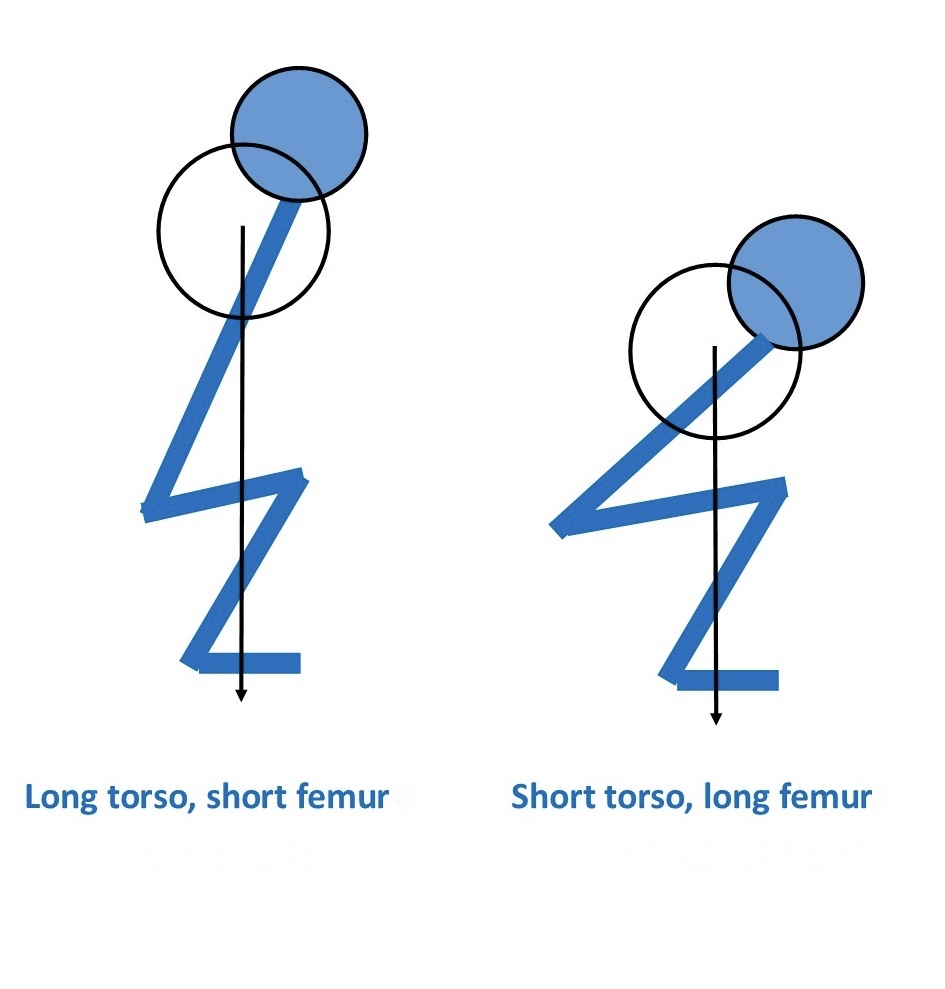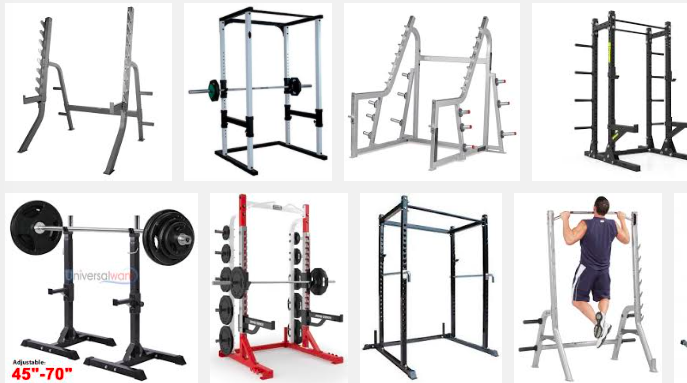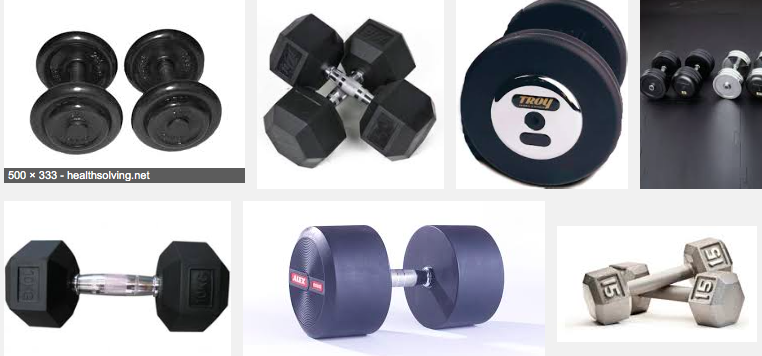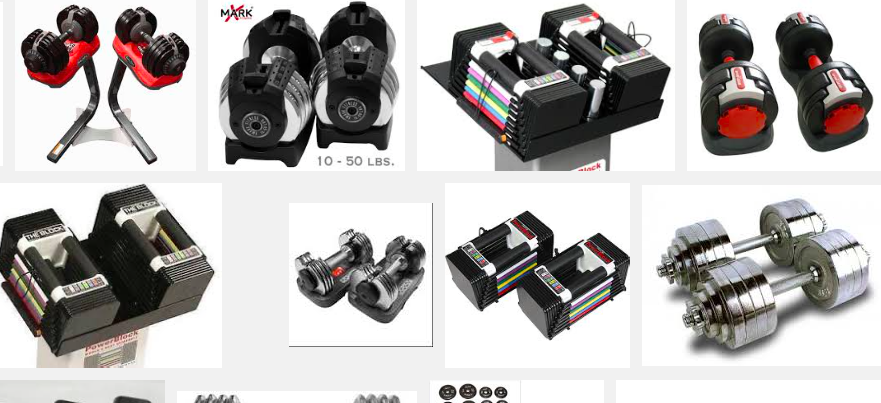Kettlebells have become so popular that I have multiple clients who have sets of them in their apartment building gyms. Now if you've ever spent any time in an apartment building gym you know that they aren't necessarily recognized as being "state of the art". However, the kettlebell isn't a "state of the art" piece of workout equipment. Kettlebells (not "kettleballs" or "cattle bells") have been around for hundreds of years. In the last 5-10 years they've made a huge resurgence. Difference between a kettlebell & dumbbell
The obvious difference is the shape. A dumbbell has equal weights on the end of a bar/handle that can be held in one hand. In the simplest terms, a kettlebell is a weighted ball (traditionally iron) with a handle. The different shapes make for different functionality and use. Without having to consult my 11th grade physics textbook, the center of mass of a dumbbell sits in your palm (when holding by the handle); with a kettlebell the center of mass sits outside the hand more on the back of the wrist.
I only mention this because these differences will change how "heavy" a kettlebell and dumbbell of equal weight feels, even when doing the same exercise. The different shapes also will change how you move and what you can do with each tool.
Benefits of using kettlebells
- Versatility: KBs can be used for any type of exercise: power, strength, cardio or corrective. KBs can be used to do just about every movement type: push, pull, squat, hinge and carry.
- Portability: other than having a KB or two you don't need to have any other equipment to get a great workout in. This means you can take KBs anywhere and you don't have to be confined to a gym. You can take bells out to a park or keep a few at home for quick and not so easy workouts.
These are just a couple of the big picture benefits that training with KBs can offer. Here's a video showing how you can use a KB to string together a bunch of different exercises. The video shows how a KB can be used to perform strength exercises and also how it can be used to get a cardiovascular workout.
Kettlebells do have a learning curve. You need to get coaching before trying some the ballistic movements, namely the clean and the snatch. If you have any questions or would like to set up some coaching let me know.
Sign up for my newsletter here. It’s two emails a week: the blog delivered directly to your inbox and another message filled with articles, recipes, videos and whatever else I think you’ll find fun and useful.
If you found this article to be useful share it with your friends on your social media sites. While you’re doing that you can connect with me on Facebook, Instagram or Twitter.



 of equipment usually off in the corner of the gym. The fact that it houses the weight plates that aren't being used and is called the cage by some, I can see why the squat rack might not crack your 'Top 10 Places to Visit in 2016' list.
of equipment usually off in the corner of the gym. The fact that it houses the weight plates that aren't being used and is called the cage by some, I can see why the squat rack might not crack your 'Top 10 Places to Visit in 2016' list. Dumbbells come in either fixed or adjustable weights. If the dumbbells are fixed weight, the weight is usually written or etched into the sides of the plates. Fixed weight dumbbells range from as light as 1 pound up to as heavy as 200 pounds, though most commercial gyms will max out around 120 pounds.
Dumbbells come in either fixed or adjustable weights. If the dumbbells are fixed weight, the weight is usually written or etched into the sides of the plates. Fixed weight dumbbells range from as light as 1 pound up to as heavy as 200 pounds, though most commercial gyms will max out around 120 pounds. Adjustable dumbbells, like fixed weight, come in many different varieties but for the most part they all work the same way. You have the center bar and you (evenly) add plates until you reach the desired weight. The weights are then held in place by a collar that is either spring loaded or locked into place.
Adjustable dumbbells, like fixed weight, come in many different varieties but for the most part they all work the same way. You have the center bar and you (evenly) add plates until you reach the desired weight. The weights are then held in place by a collar that is either spring loaded or locked into place.